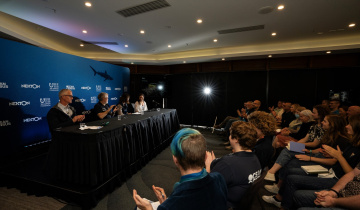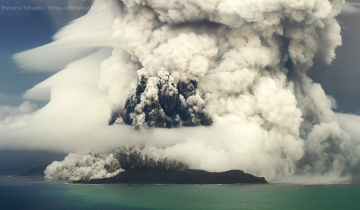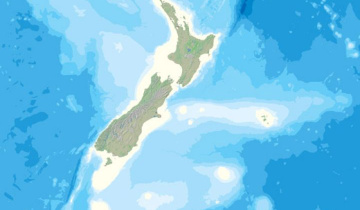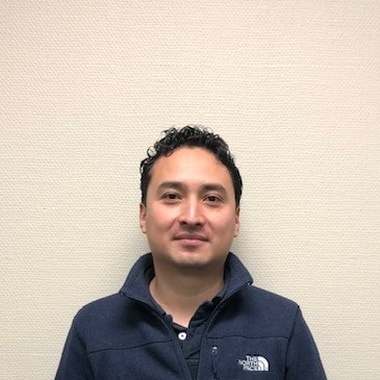Living in the ocean waves: kelp life histories
PDF of this article (293 KB)
A Cook Strait kelp forest with Lessonia variegata and Ecklonia radiata. (Photo: S. Shiaparelli. University of Genova)
Heteromorphic life cycle of true kelps. (Graphic: Erika Mackay)
Close up of Lessonia shows the chocolate-brown sorus (arrow) on the surface of the blade. (Photo: S. Shiaparelli. University of Genova)
Wendy Nelson and Anne-Maree Schwarz report on the sex lives of large brown algae.
Around the coasts of New Zealand, forests of brown seaweeds fringe the rocky shores and reefs.
















































